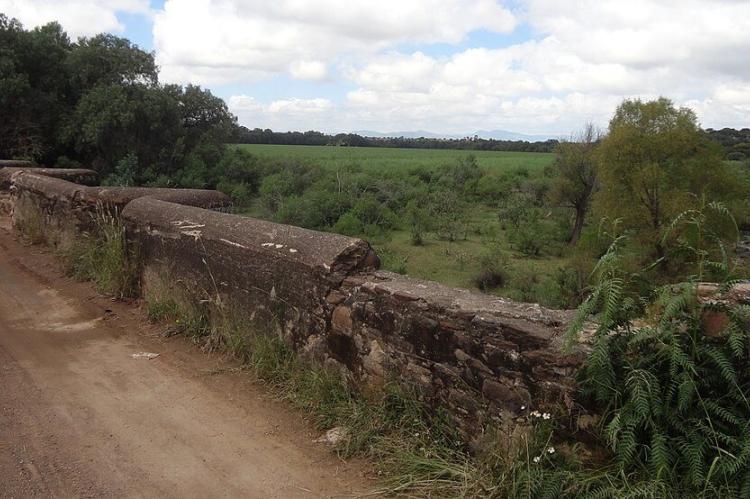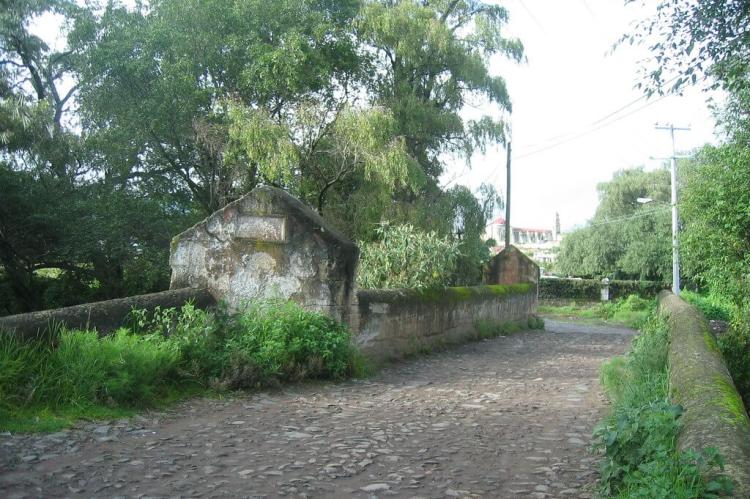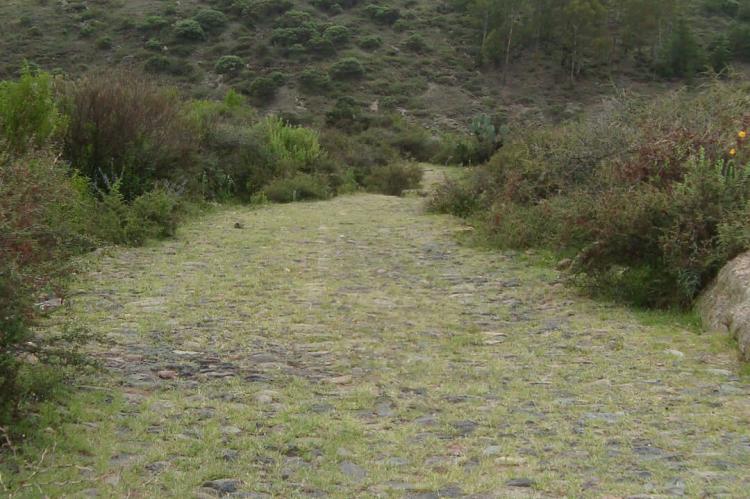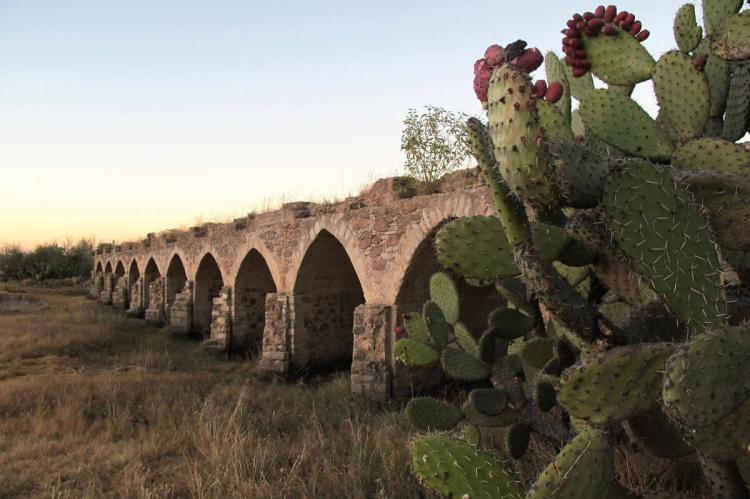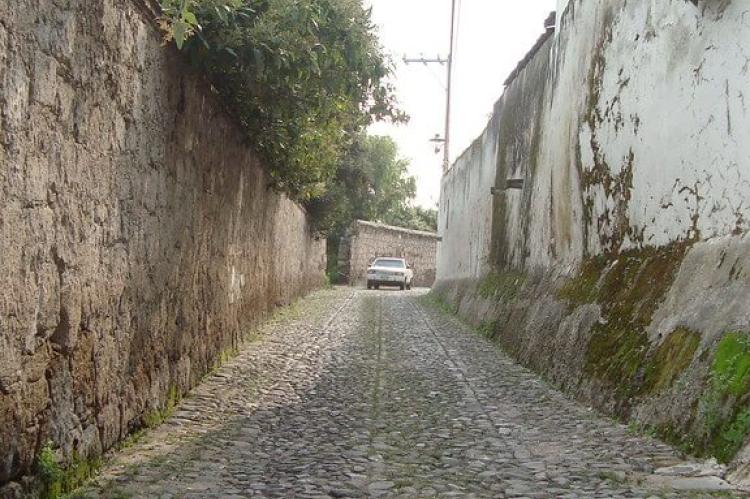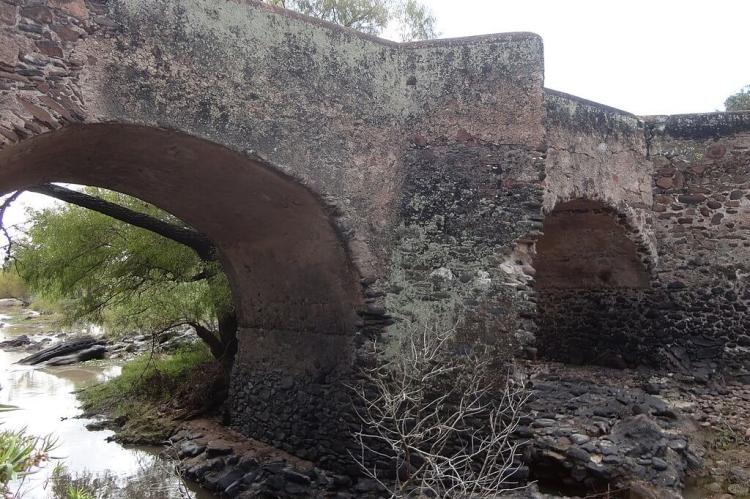The Legacy of the Camino Real de Tierra Adentro
The Camino Real de Tierra Adentro, also known as the Silver Route, is a significant part of Mexico's history, reflecting its economic, cultural, and social evolution over three centuries. This royal inland road was the northernmost of four major "royal roads," linking Mexico City with key mining regions.
The Silver Route: Economic and Cultural Ties Along the Camino Real de Tierra Adentro
The Camino Real de Tierra Adentro, also known as the Silver Route, is a significant part of Mexico's history, reflecting its economic, cultural, and social evolution over three centuries. This royal inland road was the northernmost of four major "royal roads," linking Mexico City with key mining regions. Its primary purpose was transporting silver and mercury, but the route became a critical artery for cultural and social exchanges between Spanish settlers and Indigenous communities.
Historical Significance
From the mid-16th century to the 19th century, the Camino Real de Tierra Adentro was a lifeline for the Spanish Empire. Silver from the rich mines of Zacatecas, Guanajuato, and San Luis Potosí flowed along this route, fueling economic growth in New Spain and Europe. Mercury, imported from Europe, was essential for refining silver, making the Camino Real a critical component of the silver trade. The exchange of these precious resources contributed to Spain's wealth and played a vital role in European economies, though it also led to significant inflation during this period.
Cultural Links
While the Camino Real's foundation was economic, its legacy is deeply intertwined with cultural development. The road facilitated exchanges between the Spanish colonists and Amerindian communities, blending traditions, religious practices, and social customs. The physical infrastructure along the route—roads, bridges, haciendas, and churches—became markers of this cultural fusion, displaying a mix of Spanish and Indigenous decorative styles. This exchange went beyond material goods, fostering a lasting cultural interaction that shaped the region's identity.
Related Sites and the UNESCO World Heritage Property
Recognizing its historical significance, the Camino Real de Tierra Adentro has been designated a UNESCO World Heritage property, which includes five key urban centers: Mexico City, Querétaro, Guanajuato, San Miguel de Allende, and Zacatecas. Beyond these cities, the designation covers 55 other related sites, including bridges, former haciendas, chapels, convents, and mountain ranges, each contributing to the rich narrative of the route. Stretching over 1,400 km (870 mi) from Mexico City to the Town of Valle de Allende, these sites represent a comprehensive network that spans centuries of history and cultural exchange.
Cultural Fusion and Urban Development
The economic activity driven by the silver trade brought about significant urban development along the Camino Real. As silver mining expanded, so did the infrastructure needed to support workers and traders. Towns sprung up along the route, complete with churches, forts, and haciendas. These communities became melting pots of different cultures, with elaborate buildings reflecting a blend of Spanish architectural styles and local artistic traditions. This cultural fusion is particularly evident in the multiethnic cities that emerged along the route, where diverse influences created a distinct identity.
The Role of the Royal Inland Road
A key Camino Real de Tierra Adentro segment, the Royal Inland Road, also known as the Silver Route, played an essential role in connecting Mexico City with Santa Fe. For 300 years, this stretch of the road was the primary pathway for transporting silver and mercury, cementing its place in the broader Spanish intercontinental trade network. The Royal Inland Road facilitated the movement of goods and people, including settlers, traders, and missionaries, all of whom contributed to the social and cultural dynamics along the route.
Economic and Social Impact
The Camino Real had a profound impact on both the economy and society. The wealth generated by silver extraction fueled Spain's economy and contributed to European growth, but it also led to economic challenges, including inflation. At the same time, the route helped bridge the gap between different communities, promoting the integration of Spanish and Indigenous populations. Settlements of muleteers and large haciendas with their churches became hubs of agricultural activity, leading to social and economic transformation in the regions along the route. The flow of ideas and people fostered the development of a distinct culture that reflected the blending of various influences.
Conclusion
The Camino Real de Tierra Adentro is more than just a historic trade route; it symbolizes the profound economic, social, and cultural exchanges that shaped Mexico and the Spanish Empire. From its role in the silver trade to its impact on the development of towns and the cultural fusion it inspired, the Camino Real remains a lasting testament to the integration of diverse communities. As part of this larger network, the Royal Inland Road underscores the significance of this historic pathway, now recognized as a UNESCO World Heritage property. The legacy of the Camino Real continues to resonate, reflecting the enduring importance of trade, migration, and cultural exchange in shaping the modern world.
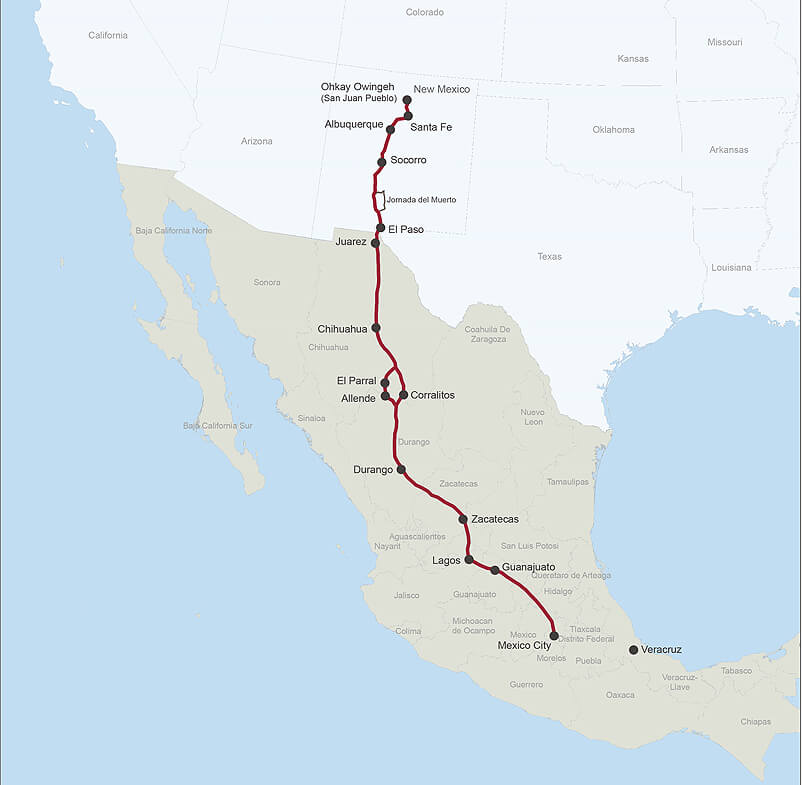
The historic map shows the trail from Mexico City to Ohkay Owingeh (San Juan) Pueblo.
